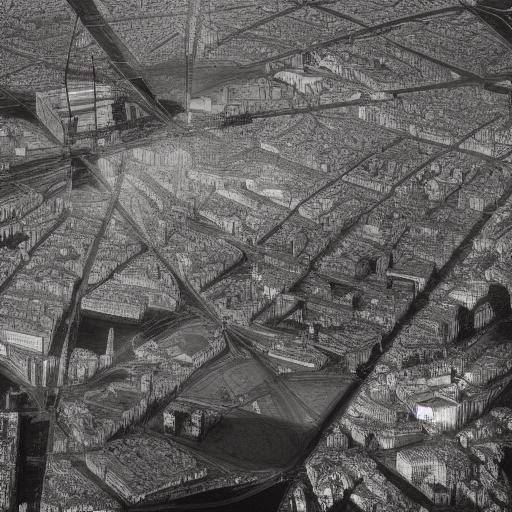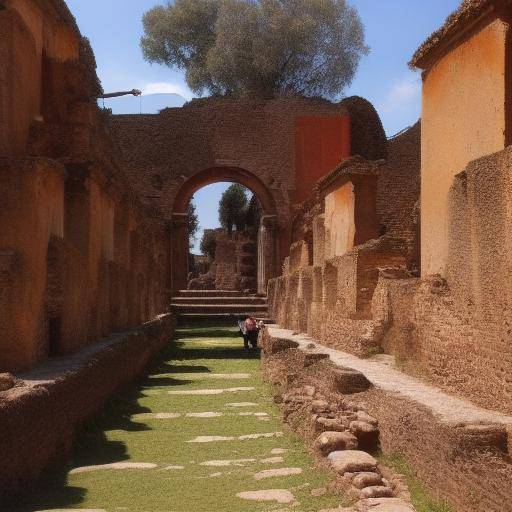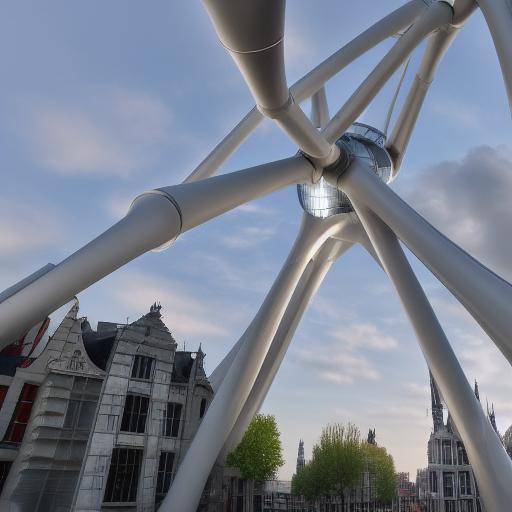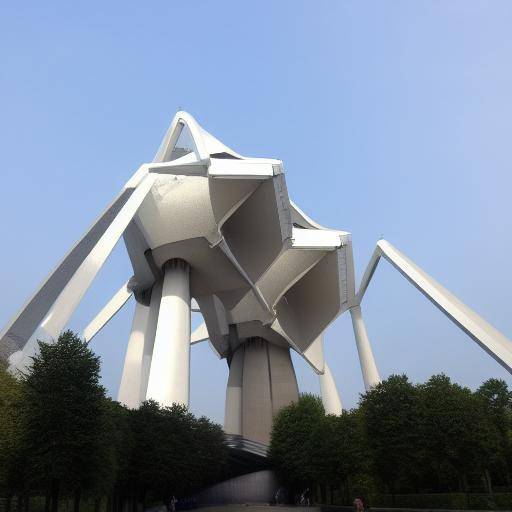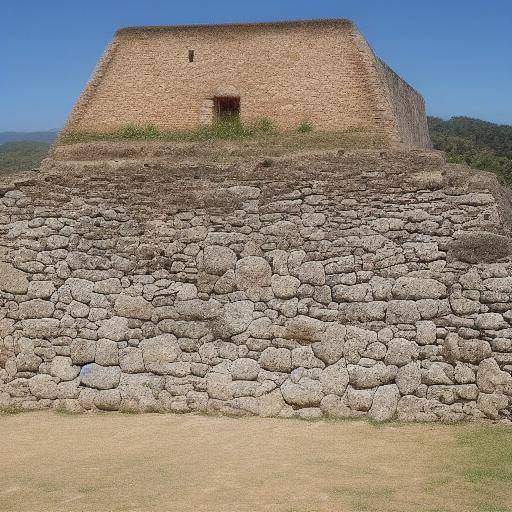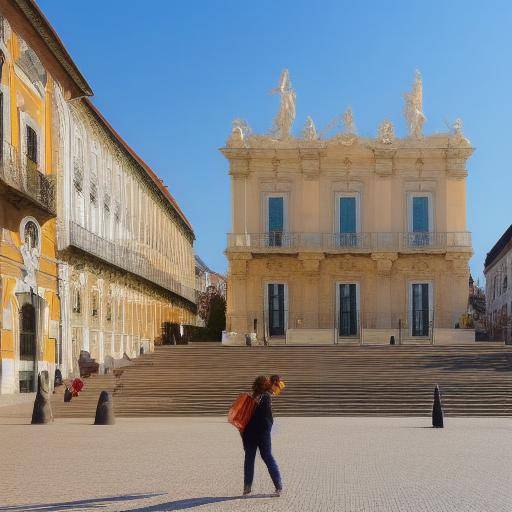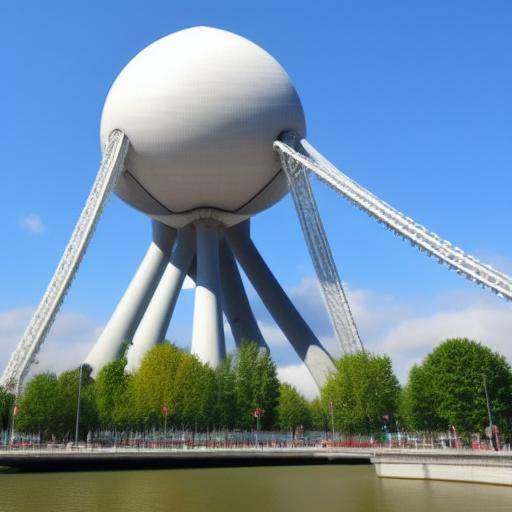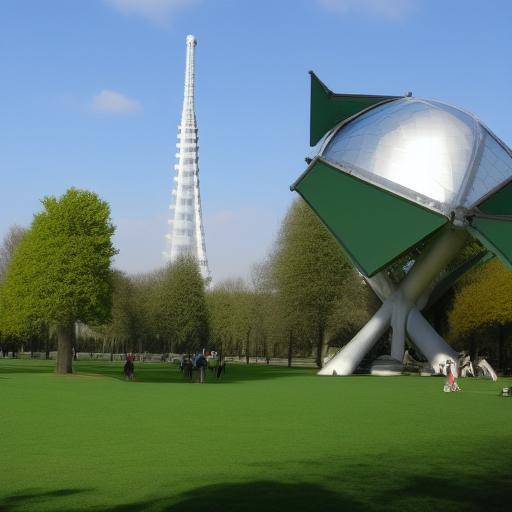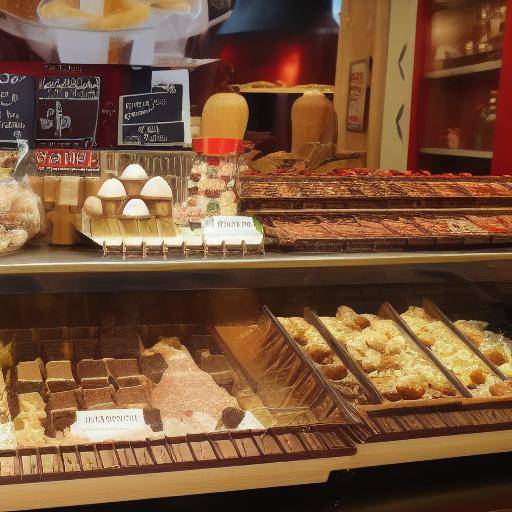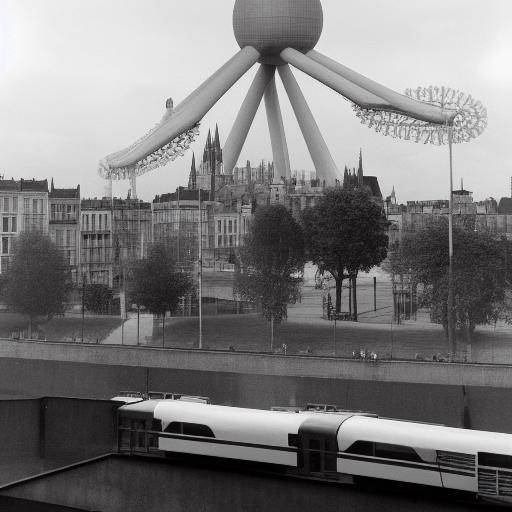
The Brussels Atomium is an architectural icon that represents European modernity and Belgian history. Its imposing presence and symbolic meaning make it an indispensable tourist attraction and a testimony of technological and cultural progress. In this article, we will explore the fascinating history of the Atomium, its role at Expo '58, its relevance to Belgian history and its status as cultural heritage. Throughout the text, we will address its origins, evolution, practical application, comparisons with other elements of Belgian history and cultural heritage, as well as offering practical advice, expert perceptions, case studies and future predictions. Join us on this journey to discover the history of the Atomium in Brussels!
Introduction
The Atomium is an architectural wonder that has captivated millions of visitors from around the world. This structure, which resembles an expanded iron crystal, is a testimony of human genius, technological advancement and the spirit of innovation. Join us as we deepen the history, cultural significance and long-lasting legacy of the Atomium, a symbol of European modernity and Belgian heritage.
History and Background
The Brussels Atomium, originally conceived as a temporary structure for the 1958 World Exhibition, Expo '58, has lasted over the decades to become a lasting icon of Belgian history and European modernity. Designed by engineer André Waterkeyn, the Atomium was a bold representation of the futuristic vision of the time, symbolizing a united Europe and an unshakable faith in scientific and technological progress. Its monumental structure, composed of nine interconnected spheres, is testimony to the creative audacity and boundless ambition that characterized the post-war era.
Expo '58 marked a significant milestone in Belgian history, as the country was striving to leave behind the aftermath of World War II and project an image of rebirth and modernity. The Atomium, as an outstanding symbol of the exhibition, became a lasting emblem of this period of transformation and renewal. Over the years, it has continued to play a central role in the collective narrative of Belgium, with its imposing presence serving as a tangible reminder of the determination of the country to embrace the future with hope and resilience.
Analysis in Deep
The symbolic importance of the Atomium is not limited only to its role as a historical monument, but extends to its function as a focal point for the gathering of cultures, ideas and perspectives. Its status as a beacon of modernity is reflected in its continuing influence in the cultural and artistic sphere. Artists, academics and visitors from all over the world have been attracted by the majesty of the Atomium, finding in it an inexhaustible source of inspiration and wonder. The ability of the Atomium to transcend the barriers of time and space, connecting generations and cultures, is an eloquent tribute to its lasting relevance.
The legacy of the Atomium is not limited to its historical role; it has also proved to be a catalyst for innovation and experimentation in many fields. From the scientific and technical sphere to the field of design and architecture, the Atomium has embodied a pioneering spirit that has influenced the creative minds of multiple generations. Its unmistakable structure and shape have served as a canvas for artistic expression and conceptual exploration, challenging the conventions and redefining the limits of human creativity.
Comprehensive review
The impact of the Atomium transcends its physical walls, extending to the sphere of cultural identity and the overall projection of Belgium. Its imposing presence on the Brussels horizon serves as a beacon of national pride and a lasting legacy of collective vision and determination. Moreover, its role as a world-renowned tourist destination has contributed significantly to the promotion of Belgium ' s cultural heritage and the promotion of international understanding and cooperation.
The Atomium has witnessed impressive transformations in society and technology over the decades. Their ability to evolve over time and adapt to changing demands reflects their continued relevance in a constantly changing world. As modern society faces unprecedented challenges and opportunities, the Atomium remains a beacon of hope and a source of inspiration, reminding us that innovation and visionary spirit are fundamental to human progress.
Comparative analysis
By comparing the Atomium with other elements of Belgian history and cultural heritage, there are significant distinctions that shed light on the rich diversity and complexity of Belgian identity. While the Atomium embodies the aspiration for the future, Belgian history is weaved with chapters of tradition, resistance and resilience. The interaction between these contrasting aspects generates a multifaceted mosaic that enriches the understanding of Belgian identity in its entirety.
On the other hand, considering cultural heritage in the context of the Atomium, the interconnection between historical narrative, artistic expression and the preservation of the collective legacy is revealed. The Atomium itself becomes a masterpiece that encapsulates the very essence of cultural heritage, serving as a tangible symbol of human creativity and temporal transcendence. Through this comparative lens, we are challenged to appreciate the complexity and beauty of Belgian history and cultural heritage in all its breadth and depth.
Practical Tips and Accionable Considerations
1. Planning of the Visit
Plan your visit in advance to avoid agglomerations and maximize your time at the Atomium. Check opening times and close, and if possible, book your tickets in advance to ensure your access and avoid long rows.
2. Take advantage of the Guided Tours
Take advantage of guided tours to obtain detailed information about the history and architecture of the Atomium. Expert guides can provide historical contexts and architectural details that will enrich your experience.
3. Explore the Exhibitions
Do not miss the opportunity to explore permanent and temporary exhibitions within the Atomium. These exhibitions often offer a deeper insight into the history of the structure, as well as the culture and technology of the time.
4. Enjoy Panoramic Views
The Atomium spheres offer breathtaking panoramic views of Brussels and its surroundings. Make sure you take a camera to capture the spectacular views.
5. Visit Mini-Europe Park
Consider combining your visit to the Atomium with a tour of the nearby Mini-Europe Park, where you can see miniature models of the most famous monuments in Europe.
Industry Perspectives and Expert Reviews
The opinions of experts in the field of architecture, the history of art and cultural heritage offer a unique vision of the legacy and importance of the Atomium. According to the renowned historian of Belgian art, the Atomium represents a momentous milestone in the evolution of art and modern architecture, serving as a turning point that challenged the established conventions and opened new creative perspectives.
Leaders in the field of cultural tourism highlight the Atomium's contribution to the promotion of cultural destinations and heritage diversity, emphasizing its crucial role in the preservation and dissemination of Belgium's historical and cultural legacy.
Case Studies and Practical Applications
Several urban revitalization initiatives and development projects have integrated the establishment of the Atomium as a catalyst for sustainable economic growth and the promotion of cultural tourism. Detailed case studies reveal how the presence of the Atomium has generated positive impacts on investment attraction and job creation, while enriching the region's cultural and tourist offer.
Future Trends and Predictions
As we enter an era of digital transformation and globalization, the role of the Atomium as a symbol of integration and collaboration takes on a renewed relevance. The Atomium is expected to continue to play a central role in promoting intercultural dialogue and disseminating shared values, serving as a beacon of hope and a constant reminder of the need to foster mutual understanding and global cooperation.
In the artistic and cultural sphere, the Atomium is expected to continue to serve as a source of inspiration for future generations of creators and visionaries, inspiring innovative works of art and avant-garde architectural projects that encapsulate the very essence of human creativity.
Conclusion
In conclusion, the Brussels Atomium is much more than an imposing architectural structure; it is a lasting symbol of Belgian history, European modernity and human creativity. Through its ability to unite the past, present and future, the Atomium is erected as an iconic jewel that transcends physical and temporal borders, merging the historical narrative, cultural expression and futuristic vision into a single extraordinary emblem.
In exploring the history of the Atomium, we have been able to appreciate its profound impact on Belgian identity, cultural heritage and the global projection of Belgium, giving us a fascinating insight into its continuing relevance in a constantly changing world. With its majestic presence and its lasting legacy, the Atomium invites us to reflect on the interconnection between art, history and innovation, challenging us to embrace the future with boldness and creativity.
Frequently asked questions
1. What is the symbolic meaning of the Atomium for Belgian history?
The Atomium represents a symbol of unity, progress and futuristic vision for Belgium, encapsulating the determination of the country to overcome adversities and embrace the unlimited potential of the future.
2. What is the cultural impact of the Atomium on the artistic and creative scene of Belgium?
The Atomium has exerted a significant influence on artistic inspiration and experimentation, serving as a focal point for the convergence of various cultural and creative expressions.
3. What are the main attractions and events taking place in the Atomium?
The Atomium hosts various exhibitions, cultural events and interactive activities that offer visitors an enriching and captivating experience.
4. What measures have been implemented to preserve and maintain Atomium as a cultural heritage?
rigorous conservation and maintenance programmes have been established to ensure that Atomium is a significant historical and cultural monument.
5. How has the role of Atomium evolved in the context of European integration and international cooperation?
Over the years, the Atomium has assumed an emblematic role in promoting European integration and promoting international collaboration, serving as a symbol of unity and mutual understanding.
6. What are the projections for the future role of the Atomium in the global scenario?
Atomium is expected to continue to play a vital role in promoting intercultural dialogue, disseminating shared values and inspiring creativity and innovation around the world.
With these answers to frequently asked questions, we hope to have provided an integral and insightful view of the Atomium, its history, its cultural significance and its future perspective.
In short, the Atomium in Brussels stands out as a historic monument that transcends borders and times, merging art, history and creativity in a striking symbol. This article covers its history, cultural impact and future projection, providing a profound view of its meaning. May the Atomium fascination continue to inspire generations to come and promote the union between different cultures.


